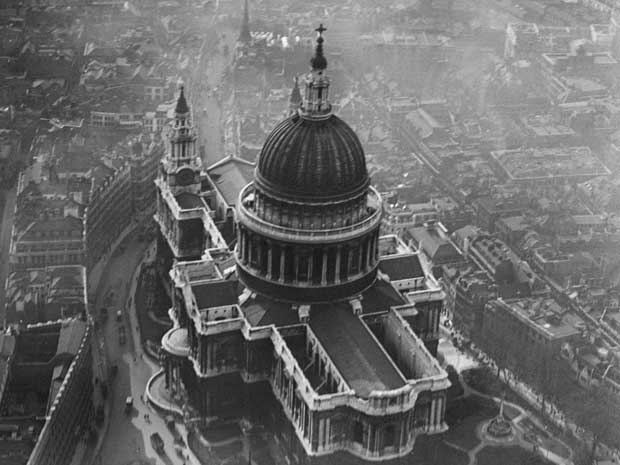Early aerial photographs of Britain salvaged and published online

Your support helps us to tell the story
From reproductive rights to climate change to Big Tech, The Independent is on the ground when the story is developing. Whether it's investigating the financials of Elon Musk's pro-Trump PAC or producing our latest documentary, 'The A Word', which shines a light on the American women fighting for reproductive rights, we know how important it is to parse out the facts from the messaging.
At such a critical moment in US history, we need reporters on the ground. Your donation allows us to keep sending journalists to speak to both sides of the story.
The Independent is trusted by Americans across the entire political spectrum. And unlike many other quality news outlets, we choose not to lock Americans out of our reporting and analysis with paywalls. We believe quality journalism should be available to everyone, paid for by those who can afford it.
Your support makes all the difference.Rare and fragile aerial photos of Britain have been salvaged, conserved and now published online.
More than 15,000 images from one of the earliest and most significant collections of aerial photography of the UK have been made freely accessible online to the public for the first time.
Britain from Above, a new website which launched today features some of the oldest and most valuable images of the Aerofilms Collection.
Click here or on "View Gallery" for more pictures
English Heritage and the Royal Commissions on the Ancient and Historical Monuments of Scotland and Wales joined forces to publish this selection from the archive of more than 1m aerial photographs.
The photographs date from 1919 to 1953 and document the face of Britain during a period of intense and unparalleled change.
Restorers have gone through a painstaking process of conservation and cataloguing. Due to their age and fragility, many of the earliest plate glass negatives were close to being lost forever.
Examples include aerials of the 1935 FA Cup final at Wembley Stadium; the Thames Flood of 1947 in which over 100,000 properties were affected; Blackpool in 1920; crowds on the banks of the River Clyde watching the first voyage of the newly-built RMS Queen Mary in 1936.
They also capture the famous Gleneagles Hotel in Perthshire, host of the 2014 Ryder Cup, pictured in 1932; the historic stadium Cardiff Arms Park in 1932; and a scene of Rhondda Fawr, one of the largest mining valleys in southern Wales.
The Aerofilms Collection was acquired for the nation in 2007 when the company was facing financial difficulties.
Join our commenting forum
Join thought-provoking conversations, follow other Independent readers and see their replies
Comments